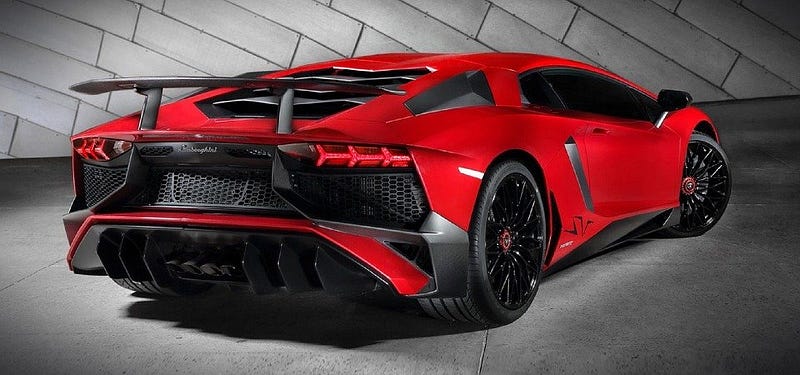Supercar from a super collaboration
By Alysha Ebrahim, Chemistry, 2022

In late 2019, Lamborghini created a supercapacitor that put it ahead of its competition. Generally, cars use batteries to obtain energy, but a supercapacitor can replace it, which has the ability to hold the same amount of energy or more and release it faster, so the car can move faster. Cars that use these supercapacitors are called supercars. This supercapacitor is used in the Sian FKP 37, the first Lamborghini hybrid car. A collaboration between Lamborghini and MIT created the technology that allows the car to have high speed and be friendlier to the environment. Currently, electric and hybrid cars do not have the capacity to use supercapacitors, but Lamborghini and MIT are changing that through their innovation.
Generally, cars use batteries to obtain energy, but a supercapacitor can replace it, which has the ability to hold the same amount of energy or more and release it faster, so the car can move faster.
Researchers in the Department of Chemistry at MIT created a new patented material that is being used to create this supercapacitor. Developed in Mircea Dincă’s chemistry group, this material increases the surface area that is exposed to electric charge in relation to mass and volume. This increase in surface area increases the energy density up to 100 percent compared to existing supercapacitors. The material uses the electrical properties of a metal organic framework. In the mechanical engineering department at MIT, John Hart’s lab is creating a new battery even better than a supercapacitor so that the materials can be integrated into the vehicles’ structure, allowing the cars to keep their power while looking more modern. This collaboration started in 2019 and is expected to take three years.
This joint work between MIT and Lamborghini to create a supercar arose because MIT has the technology needed, and Lamborghini wants to be more environmentally friendly. It also creates an international opportunity for MIT researchers as Lamborghini is based in Italy. This is not their first; they started to collaborate with Dincă’s lab in 2016 to create the Terzo Millennio, Lamborghini’s first electric car. Since then, the collaboration has gotten stronger, with more departments involved and research being done to improve other aspects of the car. MIT researchers have been able to help Lamborghini stay ahead of its competition with cutting-edge technology, as other companies with supercars have not been able to make them electric or hybrid.
Handbook of Clean Energy Systems (2015). DOI: 10.1002/9781118991978.hces112